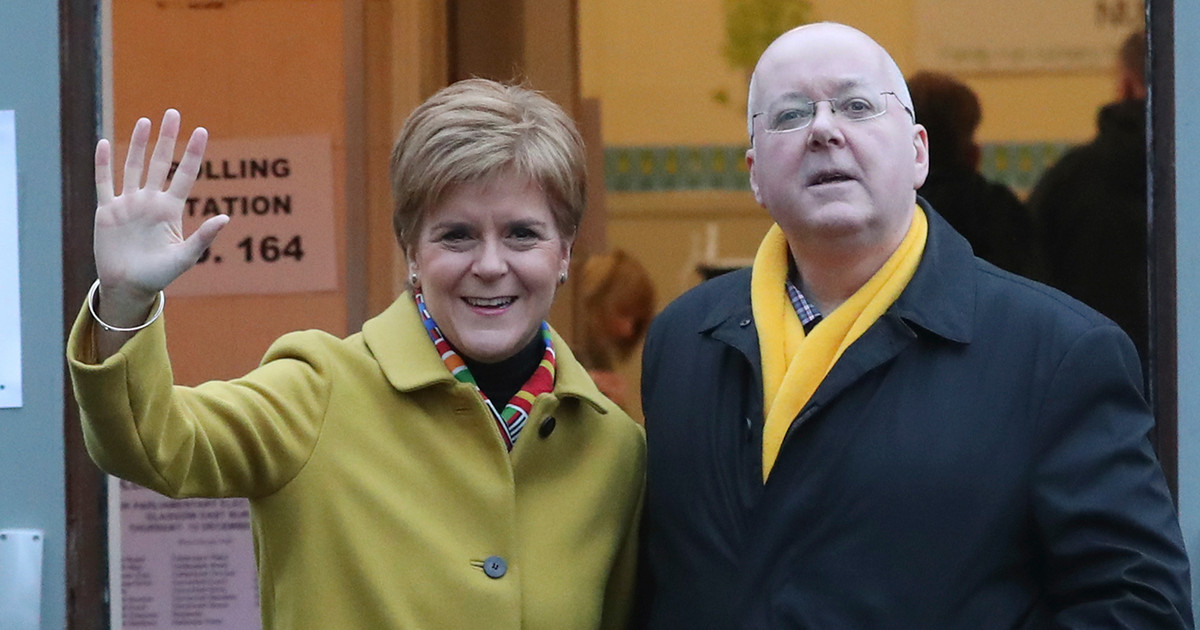Is inflation in the US really at its peak? Are consumers more confident? Those questions may be answered throughout this week, when the latest consumer and producer price indices, as well as August retail sales figures, are released.
The numbers could change the calculation for the Federal Reserve, which promises to raise interest rates again at its next monetary policy meeting on September 21. The question is: by how much?
Investors are still predicting another 0.75 percentage point increase, the third consecutive move of this size. And Fed Chairman Jerome Powell said last week that “the Fed has and accepts responsibility for price stability. We need to act now.”
But might the chances of another big rate hike diminish if inflation data continues to suggest that “price stability” may finally be closer to reality? The numbers of consumer price index (CPI) come out on Tuesday morning while the numbers of iproducer price index (PPI) will be released on Wednesday .
Keep in mind that at the end of July, the market was pricing in only a 28% probability of a 75 basis point increase in September. Investors now think there is an 88% chance of another oversized rise, according to federal funds futures trading at CME.
Economists are currently predicting that consumer prices for August will decline slightly from July and that prices have risen 8.1% over the past 12 months. Of course, 8.1% is still incredibly high by historical standards, but it would be a notable slowdown from June’s 9.1% rise in prices from a year earlier.
“We probably saw the peak of inflation. Food and energy prices are falling. There is more room for the downside,” said Joe Kalish, chief global macro strategist at Ned Davis Research.
Investors seem to grudgingly accept the likelihood that the Fed will raise rates by 75 basis points again in a few weeks, regardless of what the August inflation data indicates.
But traders are expecting the September rate hike to be the last of such magnitude. Assuming the Fed raises rates by three-quarters of a point on Sept. 21, that would bring interest rates into a range of 3% to 3.25%.
View federal funds futures on CME for November. As of noon on Friday, investors had priced the odds of a half-point increase at the Nov. 2 Fed meeting at 70%… to a range of 3.5% to 3.75%.
However, there was only a 10% probability of a fourth straight rise of 75 basis points, which may be one reason why stocks have rallied so far in September after their August dip.
Prices Decelerating and Consumers Still Spending
Wall Street is clearly betting that inflation trends will continue in the right direction. Economists also expect producer prices, the wholesale cost of goods, to fall slightly in August. Forecasts are for a 0.1% drop from July to August, after a 0.5% drop from June to July.
Producer prices rose 9.8% year-on-year in July, but below the June watermark of 11.3%. Any further slowdown would likely be welcomed by the market, the Fed and consumers.
This brings us to retail sales. You Consumer spending figures for August due out Thursday morning . The government reported last month that retail sales rose 10.3% year-on-year in July. It will be interesting to see if that sales rate increased in August or slowed down.
The Fed is in a difficult situation. He wants to put inflationary pressures to rest and the way to do that is with big increases in interest rates. But the Fed would also like to avoid a recession if it can, which is why some still expect a soft, or “soft” landing for the economy, as Powell said in May.
Powell also spoke about interest rate hikes and inflation causing “some pain” to the economy in his speech at Jackson Hole last month. That could be an argument for the Fed to make smaller rate hikes while inflation continues to cool.
And that’s the key point. Investors need to pay more attention to inflation data than what Powell or other Fed officials are saying. The Fed remains reliant on data, which is why the odds of rate hikes are constantly in flux.
“There must be a convincing downward trend in inflation. We’re not there yet,” David Donabedian, chief investment officer at CIBC Private Wealth US, said in a report on Friday.
Great technologies are also the focus of the week
The economy is not the only topic in focus next week. Two software giants, Oracle and Adobe, will disclose their latest earnings. Investors will be on the lookout for clues about the state of technology spending among big companies.
The shares of both companies have fallen this year, along with the rest of the tech sector and the broader market. Oracle is down nearly 15%, while Adobe is down more than 30%.
But analysts expect solid sales growth from both companies: nearly 15% for Adobe over the previous year and an increase of nearly 20% for Oracle.
One investment strategist said big tech companies like Oracle and Adobe make sense for investors.
“We have big tech companies that are much more mature and established,” said Suzanne Hutchins, head of real returns strategy and senior portfolio manager at Newton Investment Management.
The results from Oracle and Adobe will also serve as a preview for the third-quarter tech earnings flurry that will take place in late October. The solid results of these two could bode well for Microsoft, SAP, IBM and other cloud software companies.
Still, recent gains by Salesforce, which was cautious about its guidance, could be a warning sign for both companies, according to Daniel Morgan, senior portfolio manager at Synovus Trust Company. Oracle and Adobe could also be hit by the rising dollar, as it will eat into profits from their international operations.
“Both companies generate more than 40% of sales outside the US,” Morgan noted in a report.
Week’s agenda:
Monday: China markets do not open; Oracle balance sheet
Tuesday: US CPI; Starbucks Investor Day; Twitter Shareholders Meeting to Vote on Elon Musk Acquisition
Wednesday: US PPI
Thursday: US retail sales; weekly US unemployment claims; meeting between Vladimir Putin of Russia and Xi Jinping of China; Adobe balance sheet
Friday: US U. of Michigan Consumer Sentiment; China retail sales, unemployment and other economic data
Source: CNN Brasil
Joe Jameson, a technology journalist with over 2 years of experience, writes for top online news websites. Specializing in the field of technology, Joe provides insights into the latest advancements in the industry. Currently, he contributes to covering the world stock market.






